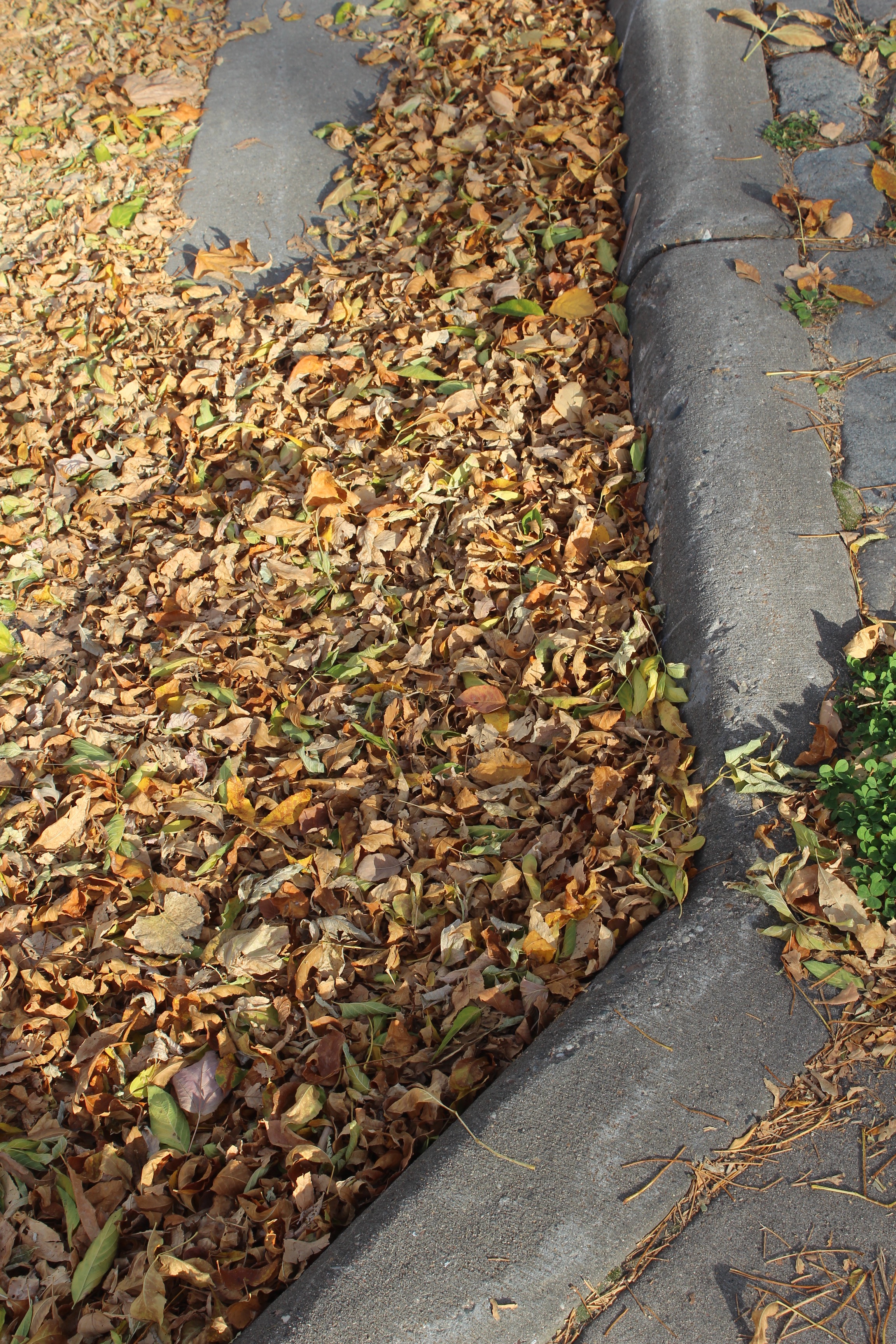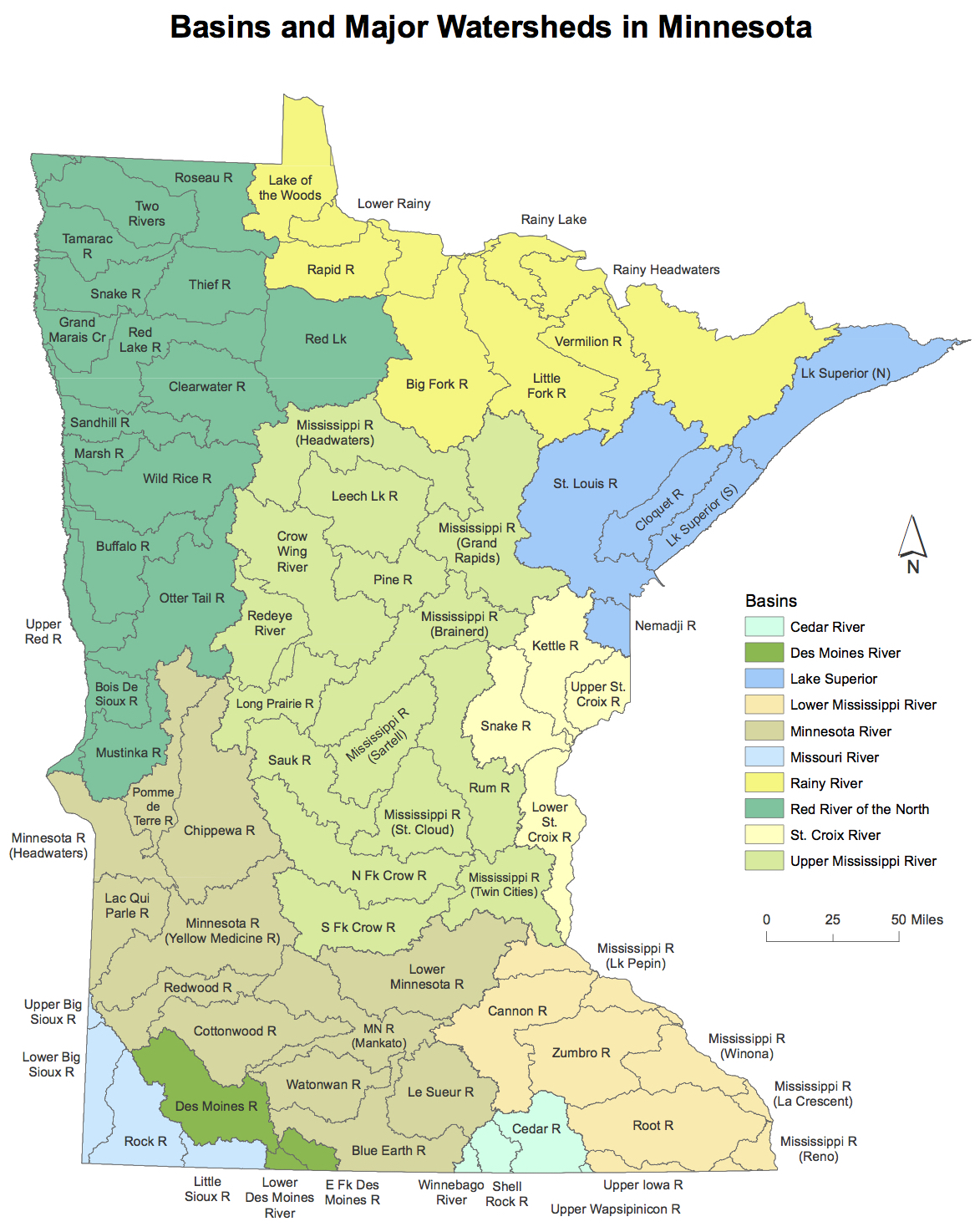What is a watershed?
A watershed is an area of land that catches rain, snow and other precipitation, and drains all the water to the lowest point, in this case, a lake, river or stream. It's easy to think of a watershed in terms of a kitchen sink: the watershed is the sink and the drain at the bottom is the lake, river or stream that it feeds.
Just like Minnesota is divided into counties, watersheds are divided into smaller areas of land called sub-watersheds. Minnesota has 81 major watersheds. Your watershed is one of Minnesota’s approximately 5600 sub-watersheds.
Where is your watershed?

Watersheds in Minnesota
In 1955, the Minnesota Legislature passed the Watershed District Act. This act authorized the creation of local government units called watershed districts. These districts were charged with managing and improving water quality, preventing flood damage, protecting public health, and preserving the natural resources of the state. Today, there are a wide variety of water management organizations including a combination of watershed districts, joint powers organizations, watershed management organizations, and non-profits that all work to protect Minnesota's natural waters.
An entire watershed is managed as a whole system. That management system includes important roles for residents to play in shaping policy, protecting and restoring local water bodies, and taking part in community-based opportunities to raise awareness about water protection.
If you would like to get more involved in your waterways and local watershed organization, we encourage you to consider the Minnesota Water Stewards program as an excellent opportunity to become a local advocate for water quality. In addition, your local water management organization will likely have many opportunities for community members to get involved in your area.
How do lakes, rivers and streams become polluted?
Everything found on city streets flows to our water- bacteria, salt, litter, sediment, leaves, and grass clippings. Increasingly large volumes of polluted runoff flow through the storm sewer system to our lakes and rivers faster, causing flooding downstream. Pollutants are not being filtered or broken down by passing through the soil, making water dirtier.
Rain and melting snow carry leaves, yard debris, and sand from streets into our waters. As these organic materials decay, they act like food for algae in the water. Leaves and grass are a natural part of lake and river ecosystems. The problem is, storm sewers simply carry too much food to our lakes and rivers, causing too much algae to grow, choking out other plants and animals.
Your neighborhood is a great place to start to reduce water pollution and protect Minnesota’s lakes, rivers and streams.
Learn more about how to keep water healthy, in your yard or as a renter.

